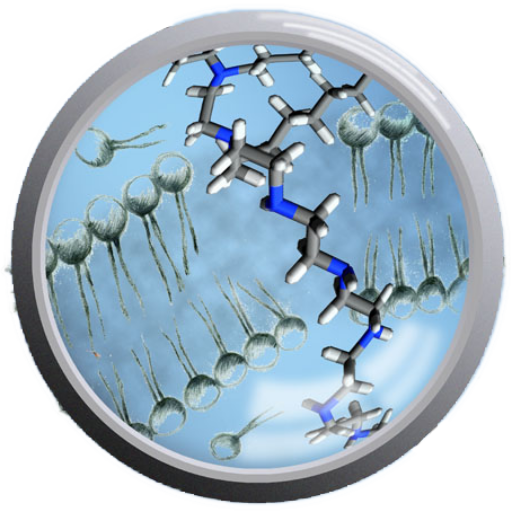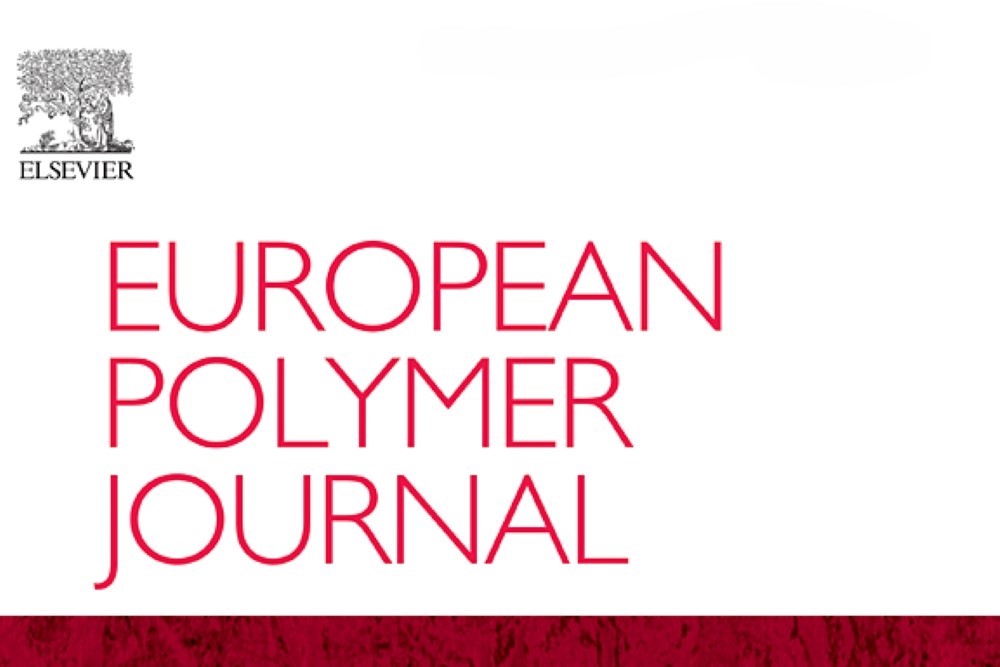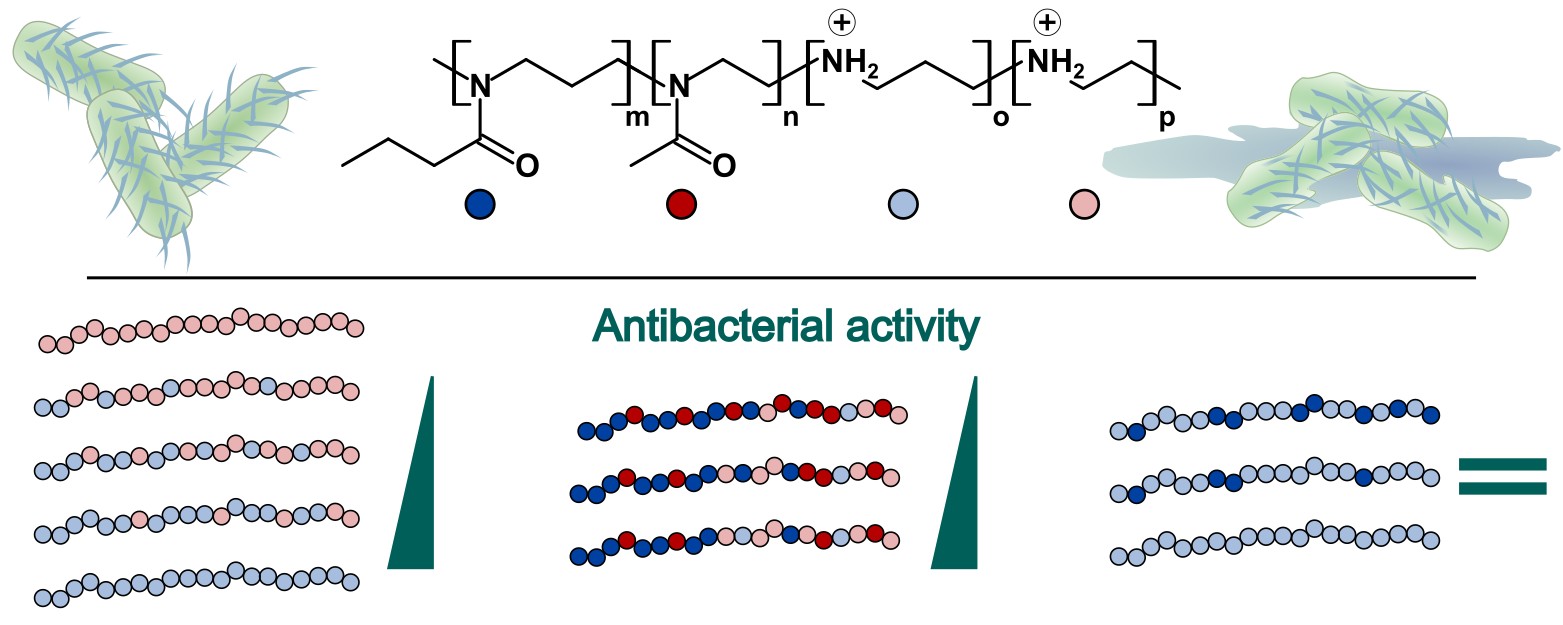by
Pachla, J.; Kowalczyk, S.; Tomaszewski, W.; Gnyszka, A.; Flont, M.; Grzechnik, E.; Drężek, K.; Plichta, A.; Mierzejewska, J.; Jastrzębska, E.; Jańczewski, D.
Polymeric antimicrobial agents are intensively investigated as potential novel antibiotics. In this work we use copolymerization of 2-propyl-2-oxazine (PrOzi) and 2-methyl-2-oxazoline (MeOx) combined with hydrolysis of the polymer side chains as a tool to obtain various linear polymeric derivatives of polytrimethylenimines (L-PTMI) and polyethylenimine (L-PEI). To obtain well-defined polymers, initially we determined copolymerization rates, and subsequently, we investigated the hydrolytic rates of various repeating units, namely PrOzi, MeOx, and 2-methyl-2-oxazine (MeOzi) in both homo- and copolymers. We observed that the structure of the polymeric main chain significantly influences the rate of acidic hydrolysis. In particular, the protonated L–PEI repeating unit (r.u.) accelerates the hydrolytic cleavage of the amide bond more than the protonated L-PTMI r.u., due to the shorter distance between amine centers.
The biological activity of the polymers was assessed against three model microorganisms, namely Escherichia coli, Staphylococcus aureus and Candida albicans, and benchmarked in toxicity test against human lung fibroblast cell line. The antibacterial activity of L-PTMI-co-L–PEI increases monotonically with the increasing content of PTMI r.u., indicating an additive effect of covalently bonded L-PTMI and L-PEI. The antimicrobial activity of the copolymers is almost identical to that of the tested polymer blends in the corresponding ratios.
The introduction of up to 40 % of PrOzi r.u. into the polyamine structure of PTMI (PPrOzi–co-L-PTMI copolymer) does not decrease the antimicrobial activity, compared to L–PTMI. The molecule remains active, particularly against Staphylococcus aureus (MIC = 4 μg/mL). At the same time, the presence of amide r.u. reduces toxicity. The highest observable selectivity index can reach values as high as 20 (PPrOzi40%–co-L-PTMI60%).


